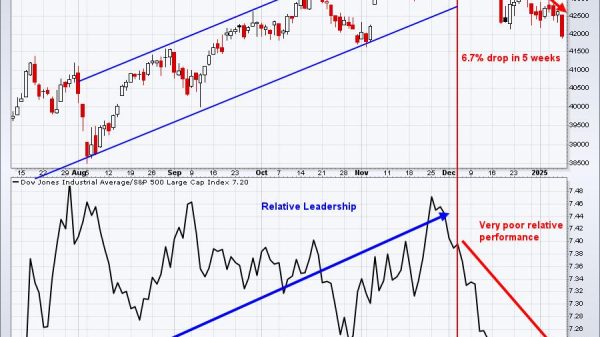THE DECISION to shoot down three aerial objects in recent days stemmed from a decision to pay closer attention to North American skies and take a more cautious stance toward intrusions after US forces brought down an alleged Chinese spy balloon on Feb. 4, the Pentagon said.
The Defense Department doesn’t yet know what the additional objects are, but they approached sensitive military sites and posed a potential threat to commercial aviation, according to Melissa Dalton, assistant secretary of defense for homeland defense and hemispheric affairs.
After downing the Chinese balloon “we have been more closely scrutinizing our airspace at these altitudes, including enhancing our radar, which may at least partly explain the increase in objects that we’ve detected over the past week,” Ms. Dalton said in a briefing Sunday.
She said countries, companies and research organizations send up objects at those altitudes “for purposes that are not nefarious, including legitimate research.” She said the objects were shot down out of “an abundance of caution.”
A US F-16 fighter jet shot down an unidentified object over Lake Huron in Michigan earlier on Sunday, the fourth time in eight days a high-flying balloon or other craft has been brought down over the US or Canada. The US general in charge of NORAD said he hasn’t ruled out any possibilities on the source of three objects shot from the skies over the US and Canada — including that they might be of extraterrestrial origins.
“I’ll let the intel community and the counterintelligence community figure that out,” General Glen VanHerck, commander of the North American Aerospace Defense Command, said when asked Sunday if the US had excluded the possibility that the objects shot down over Alaska, Canada and Michigan were “aliens or extraterrestrials.”
“I haven’t ruled out anything at this point,” he said.
By contrast, the Biden administration said the high-altitude craft brought down on Feb. 4 was a Chinese spying balloon, which China denies, saying it was a weather balloon that went adrift. — Bloomberg























